CLASSIC MOTOCROSS IRON: 1973 COOPER 250 ENDURO
Hecho in Mexico wasn’t the key to success, but this Frank Cooper design had two lives during its brief life span
By Tom White
Cooper was the brainchild of Frank Cooper, owner of Apache Limited, the U.S. Maico distributor in Burbank, California. Cooper saw a gap in the marketplace between the inexpensive Japanese dirt bikes and the expensive and often quirky European brands. He approached Moto Islo, a high-volume Mexian commuter bike manufacturer, to build a dirt bike that would fill this gap. Moto Islo is named for the initials of its creator, Isidro Lopez.
The Mexican-built Cooper would hopefully handle like a Maico, run like a Yamaha and cost less than the Japanese entries.
The Cooper first appeared at the 1972 Long Beach Motorcycle Show. Beneath its distinctive yellow fiberglass side panels, fenders and fuel tank sat a Maico-inspired chromoly frame with a two-stroke engine that appeared in many ways to be a DT Yamaha clone. The front forks were Mexican-manufactured Betors, and the shocks were by Boge.
The dry weight was 227 pounds (218 pounds for the motocross model) with a full 28 horsepower on tap.
Frank Cooper’s brainchild was well received, but reliability was a problem. The initial production run of the Coopers had suspect steel rims, fragile fiberglass fenders and a “close-ratio” transmission that yielded a top speed of just over 50 mph. Frank Cooper fixed the rims and the gear ratios, but not the machine’s bad reputation.
In the end, Jones family bought the brand and renamed it “Ammex” with the intent of having four-time 250 Champion Gary Jones race it to sales success. The Ammex was a vastly superior machine to the Cooper, but was doomed when the Mexican peso was devalued in 1976.
Moto Islo vanished from the Mexican motorcycle market and, after a brief stint as a Honda subsidiary, went on to produce washing machines. Isidro Lopez died on July 5, 2008.
1973 COOPER 250 ENDURO FACTS
WHAT THEY COST
Suggested retail for the enduro model was $825, and the MX model was $840. Coopers have never achieved “collector” status, nor become desirable AHRMA race bikes, so the value of this Early Years of Motocross Museum example is around $4000—less than the cost of its restoration.
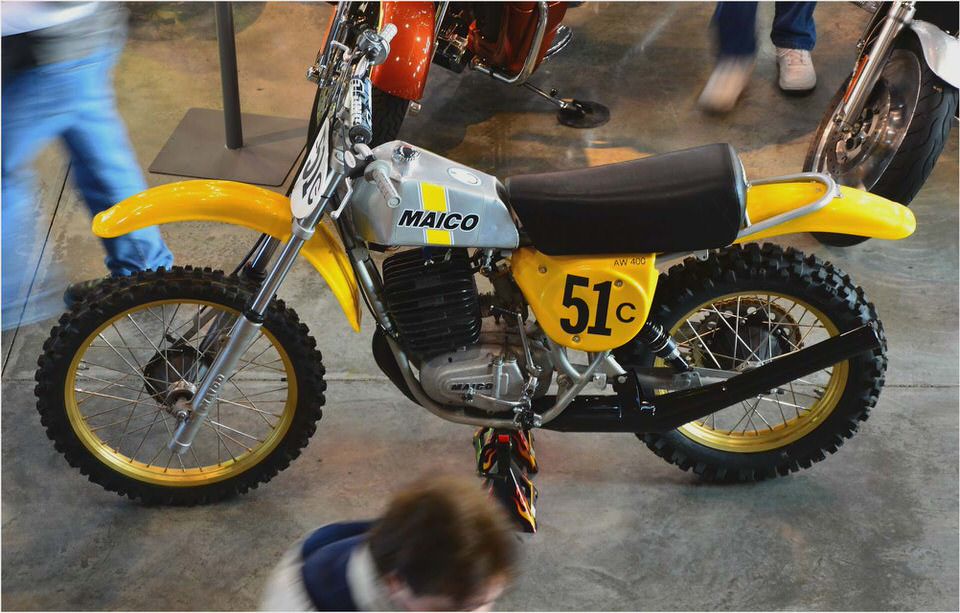
There were enduro and motocross versions made during the two-year life of Cooper Motorcycles. And Eddie Lawson raced one in dirt track.
WHAT TO LOOK FOR
The cool—and hard-to-find—components are the fiberglass tank and side panels. Don’t worry about the front and rear fiberglass fenders, as they are the same as early 1970s Maico fenders and easily sourced. Also, look for the Betor replica forks, Boge shocks and the “thru-the-frame” exhaust with a JR-type silencer.
PARTS SUPPLY
The good news is that Don Jones saved a lot of Cooper parts. The bad news is that since Don passed away, Mrs. Jones won’t let anyone near the multiple sheds full of parts for Coopers and other brands.
Try Dave Onley in Australia at onleyd@bigpond.com.
For more info on classic bikes go to www.earlyyearsofmx.com
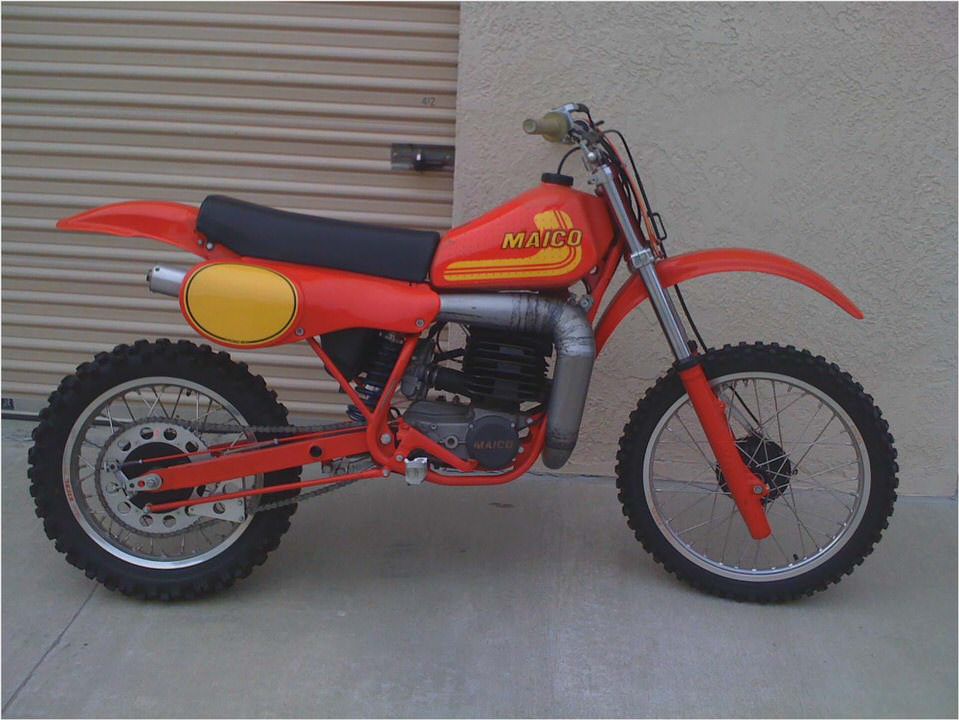
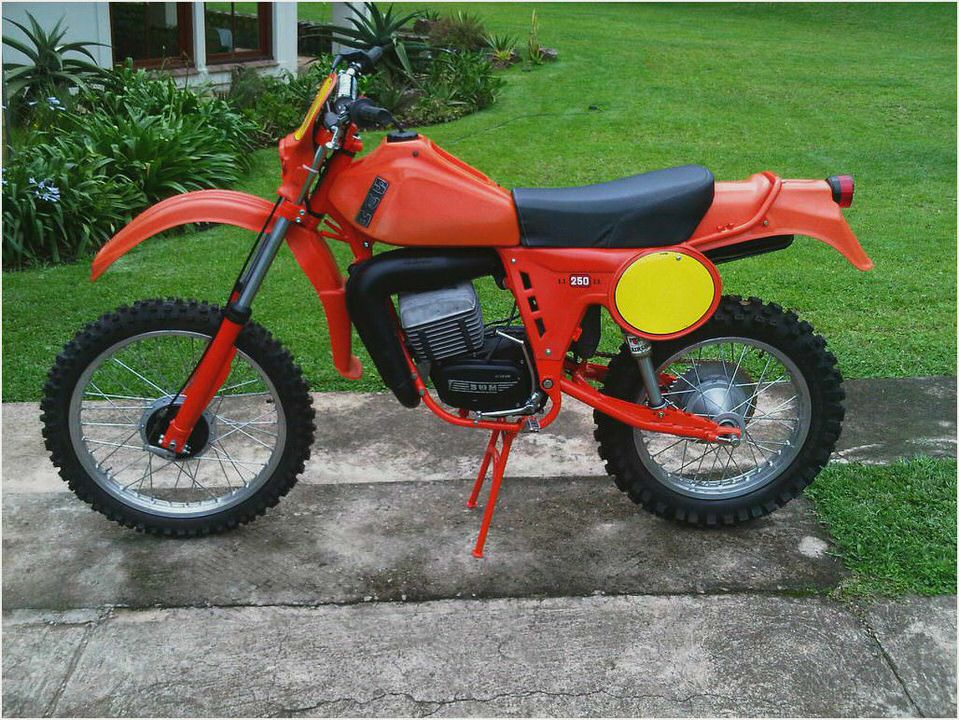

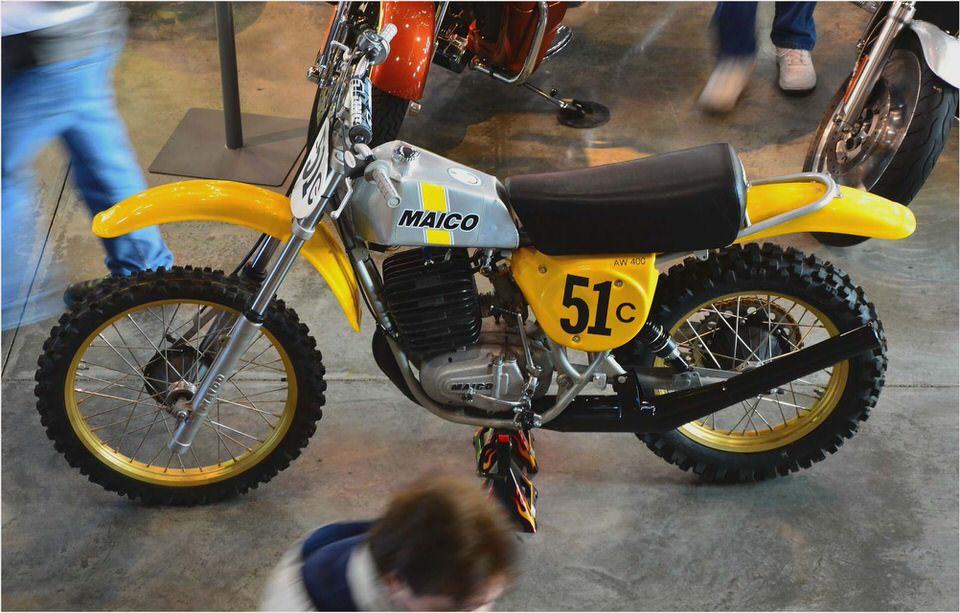
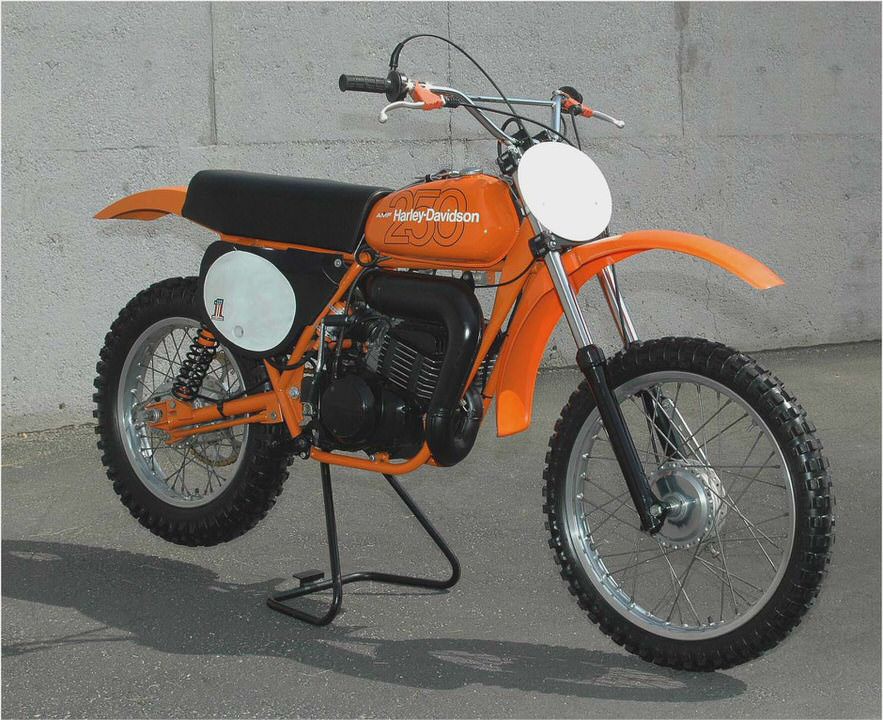
- Opferman Motors :: Maico Brothers
- 2008 Maico 500 How To Save Money And Do It Yourself!
- 1975 Motocross Season – The Vault – Historical Motocross & Supercross Results
- Bultaco, Montesa, Ossa Repair Manual on CD 1965-1978 Clymer
- Dont Ask Answers Served up Fresh by SuperHunky: Off-Road.com

